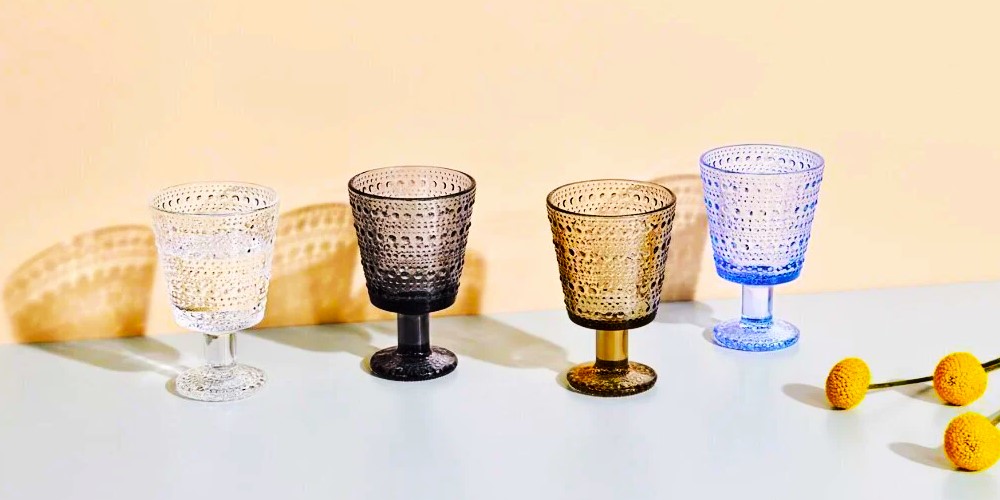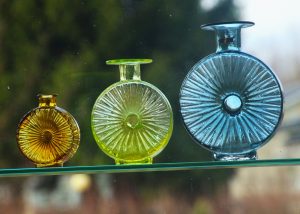How to Clean Old Pressed Glass

PRESSED GLASS, also known as pattern glass, was first created in the early 1800s by American inventor John P. Bakewell. Bakewell perfected the process of plunging molten glass into molds, yielding consistently sized pieces of formed glass. Pressed glass can generally be distinguished from hand-cut glass because of its blunt-edged facets, mold seams (which are often removed by polishing, however), and precise, regular faceting.
The tell-tale sign of pressed glass is the seam where the glass was pressed together. Cut glass is usually more angular, pressed glass is more rounded. A mark on the glass such as an impressed mark, lozenge, diamond, trade or maker’s marks, or registration number can tell you the date that your piece of glass was made.
How to clean vintage pressed glass?
When cleaning old pressed glass, it’s always best to proceed with caution and a steady hand. Sometimes multiple soakings are necessary, while other times it’s easier. Fairy (a dishwashing liquid) is the best for removing dirt and grease, but Corega tabs, meant for cleaning dentures, have also proven effective. Always start with the mildest cleaning agents and move to stronger ones if needed. If the item isn’t particularly valuable, there’s nothing stopping you from trying something extreme if it feels right at the moment.
If the item isn’t very dirty, a gentle regular wash will suffice. However, if a thicker layer of dirt has accumulated over time, like on this creamer, it’s good to leave it soaking for a few hours in a diluted Fairy solution. I often place an old towel at the bottom of the sink or basin to cushion the glass and prevent it from clinking too much. This cushioning also provides peace of mind.
I use a soft toothbrush to clean pressed glass items. It reaches nicely into the interior surfaces and the short bristles work well in the grooves of decorative patterns.
After washing, rinse the item thoroughly. If you used dishwasher detergent, you’ll need to wash it again with regular dish soap. Finally, dry the item carefully, as moisture and especially standing water can ruin old glass in ways that are impossible to fix. Always consider carefully if you plan to soak the item for an extended period.
Once the item is dried, you can admire your work and enjoy your beautifully sparkling glass piece!
